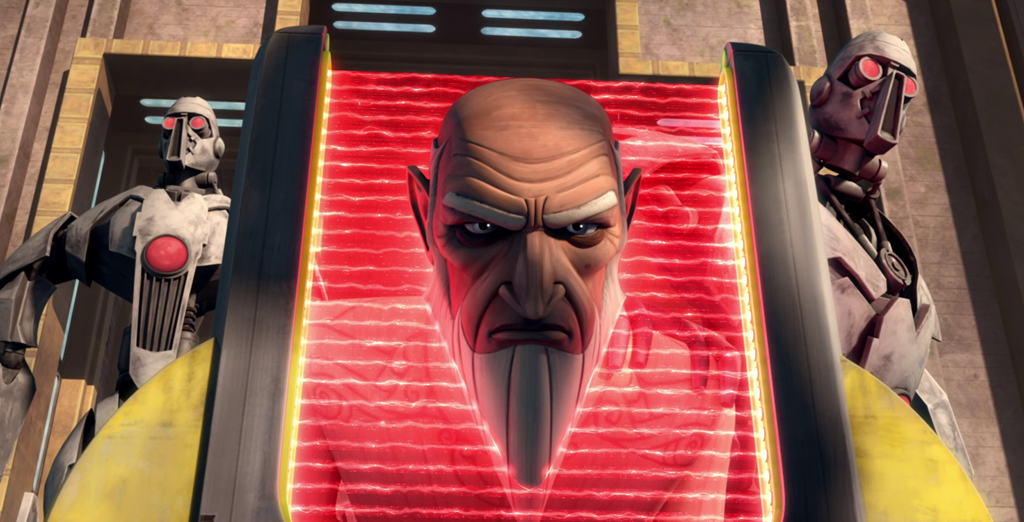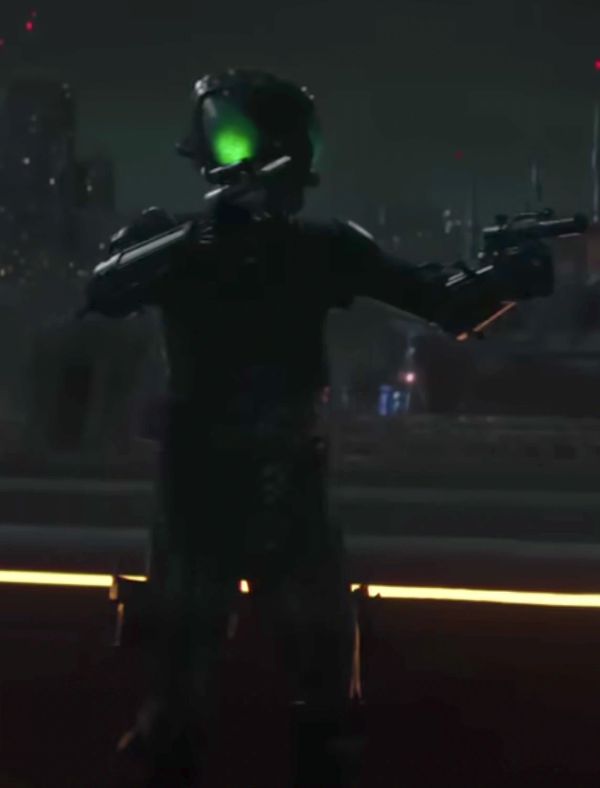|
Update on the Launch Frame. So I recently found myself hunting down the rules for ramming, and it led me to bouncing from page to page. I made a cheat sheet to reference it all easily when I need to now, but....it reminded me about these speed categories (Cautious, Cruising, Attack, and All-Out). And I realized I never applied these in any way to the launcher here, and probably should have.
So, if GMs wish, the launcher can launch starfighters at Attack or All-Out speed. If Space Speed 15 seems to fast, it can be lowered to 12, but the idea of such a launcher would be to get starfighters out there as fast as possible, so the 15 could stay. Especially since, as the rules I wrote up state, the starfighter can maintain that speed as long as they keep going in a straight line, in the direction they were launched, using their starfighter's engines to maintain the speed *except now, they could launch out not at 15, but at a Speed of up to 60!).
The main reason I thought this was worth mentioning isn't because of the starfighter speed when launched, but the extra idea I commented here about using asteroids. The speed category used at launch decides what the ramming, or collision, damage will be upon impact.
All-Out (x4) speed is 10D, with other factors that adjust the damage.
An asteroid launched from the Rotating Launch Frame at All-Out Speed would cause minimum Damage 7D, maximum Damage 13D, depending on the angle it impacts the target.
If anyone knows any other modifiers to that damage, please let me know. I could have sword there was more, like involving a ramming ship's Hull Dice or something, but I currently cannot find it and don't know where to look.
- - - - - - - - - -
VEHICLE RAMMING
To ram, a vehicle must pass very close to the target vehicle during its move.
Add +10 to the movement Difficulty for the ramming vehicle. Ramming also counts as a separate action: the pilot suffers an additional -1D penalty.
If the pilot's Repulsorlift Operation (or other skill roll) is higher than the Difficulty, the attacking vehicle rams the target vehicle.
If the pilot's Repulsorlift Operation (or other skill roll) is lower than the original Difficulty number, the pilot fails; see "Movement Failures".
If the pilot's Repulsorlift Operation (or other skill roll) is equal to or higher than the original Difficulty but lower than the new movement Difficulty, the vehicle completes the move successfully, but the ram attack misses.
Target vehicles can make a vehicle Dodge to avoid a ram attack. Ram attacks damage both vehicles: the attacker suffers damage as if involved in a sideswipe (-3D to normal damage), but the victim suffers damage as if involved in a T-bone (normal damage).
- - - - - - - - - -
COLLISION DAMAGE
The amount of collision damage depends on how fast the vehicle was moving (don't forget to take into account scale differences where pertinent).
Speed Collision Damage
Cautious 2D
Cruising 4D
High-Speed 6D
All-Out 10D
Roll the collision damage and compare it to the vehicle's body/hull dice roll. "Vehicle Damage" or "Starship Damage" explains what happens.
If the vehicle runs into another vehicle, the damage changes based on the angle of the collision.
Head-on crash +3D
Rear-ender/sideswipe -3D
T-bone 0D
You may want to adjust collision damage to reflect what a vehicle runs into. If a vehicles smashes into a hardened plasticrete wall, it suffers full damage. On the other hand, something with a little "give" - for example, a primitive ship with a weak hull (starships), or like a wooden fence or thick bushes (for other vehicles) - may absorb some of the impact while slowing the vehicle down: you may want to reduce collision damage by -1D, -2D or more.
You should describe collisions in colorful detail since they're one of the "emotional payoffs" of chase scenes.
For further related rules on this, check out the Vehicle/Starship Damage Charts, Vehicle Movement Failures, Lost Moves, Passenger Damage, Falling Damage, and Vehicle/Starship Speed Charts.
|

.webp)










